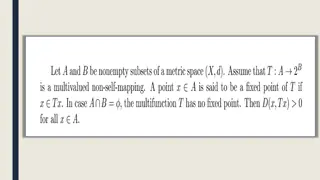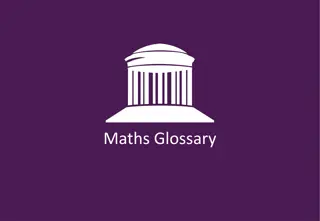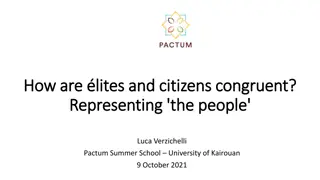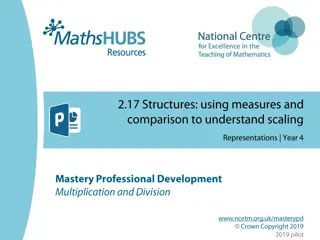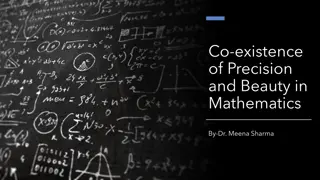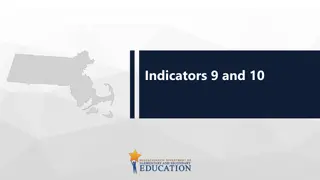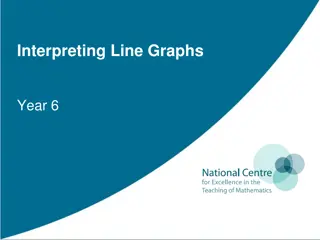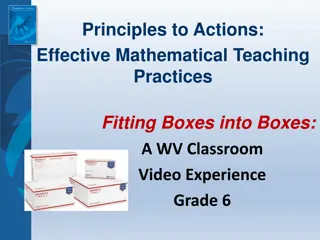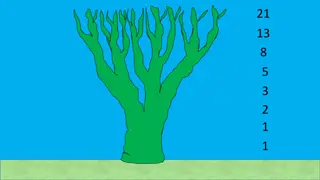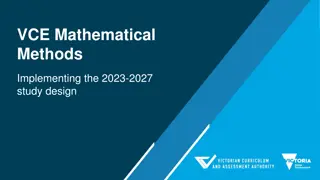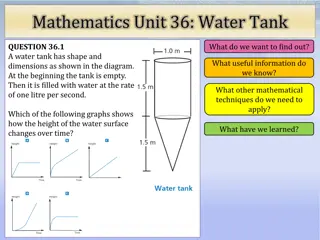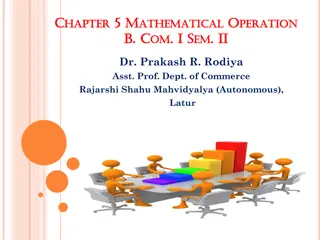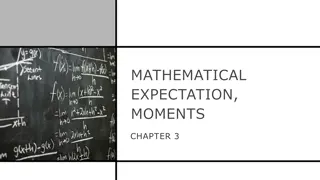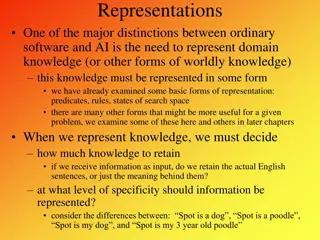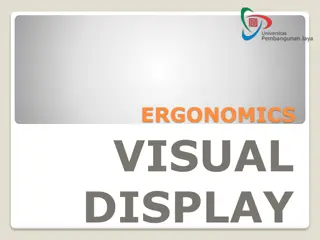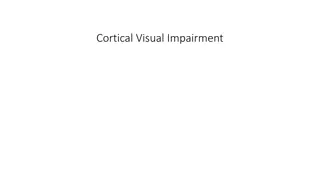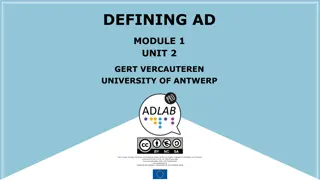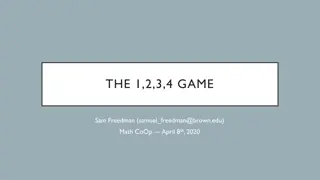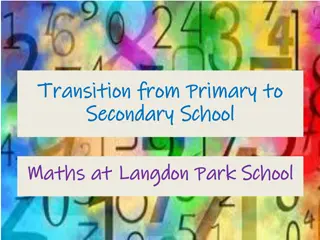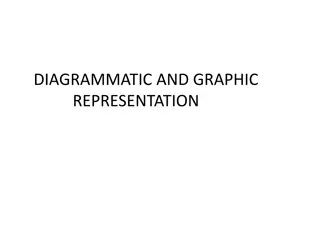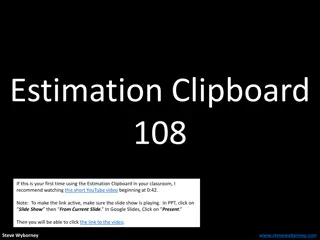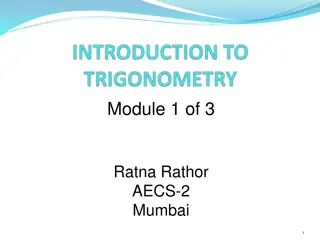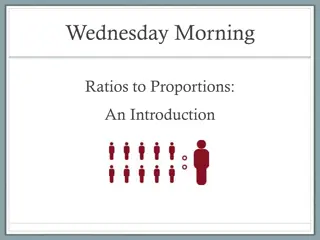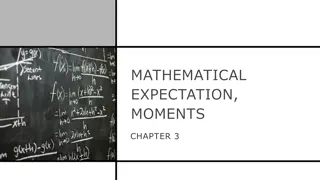Exploring Mathematical Concepts Through Visual Representation
Delve into the world of mathematics through visual representations, from clock arithmetic to unary operators. Dive into the fascinating realm of magmas, digraphs, and adjacency matrices to understand complex mathematical operations in an accessible way.
Download Presentation

Please find below an Image/Link to download the presentation.
The content on the website is provided AS IS for your information and personal use only. It may not be sold, licensed, or shared on other websites without obtaining consent from the author. Download presentation by click this link. If you encounter any issues during the download, it is possible that the publisher has removed the file from their server.
E N D
Presentation Transcript
The Topology of Magmas By Charlotte Aten Advised by Jonathan Pakianathan, Ph. D and Mark Herman, Ph. D Department of Mathematics University of Rochester
Visualization lMany people find visual representations of things easier to digest. lIn mathematics visualization is ubiquitous and gives rise to geometry.
Clock arithmetic lCount in a circle. lWe can take each time as a number of hours past 12 to add on the clock. lWe can use 0 instead of 12 for convenience.
Clock arithmetic lWe can have a clock or number circle of any size. lA number circle of size n is known as the integers modulo n or the integers mod n.
Clock arithmetic lWe compute 3+3 in the integers mod 5 as an example.
Unary operators lUnary operators take things from one collection and give back things from another collection. lThe two collections can be the same or share elements. Word First letter A A B Apple Apricot Banana
Examples of unary operators lAssigning a grade to each student at the end of a course. lSending each season to the one that follows it. lGiving a name to each person. lDesignating each area in a city for either industrial, residential, or commercial use.
Unary operators lAdding 2 in the integers mod 5 is a unary operation. x 0 1 2 3 4 x+2 2 3 4 0 1
Operation digraphs lIn order to see what is going on we can draw a dot for each number x and an arrow from x to x+2. lThis is an example of an operation digraph.
Adjacency matrices lEach digraph has a matrix associated with it, called an adjacency matrix. lThis allows us to use matrix arithmetic to reason about unary operations.
Adjacency matrices lThe rank of an adjacency matrix for an operation digraph is the number of vertices with an incoming edge. lIf we look at a unary operation that takes x to f(x), this rank is the number of elements y for which the equation f(x)=y has a solution.
Adjacency matrices lA relationship called Sylvester's inequality gives a lower bound on the rank of a product of matrices. lMultiplying our digraph adjacency matrices corresponds to unary operation composition, so this inequality gives us a lower bound on the number of solutions to equations of the form f(x)=y, where f is the composition of many unary operators. lFor example, f(x)=r(q(p(x)) for operators p,q,r.
Adjacency matrices lThe previous reasoning allows us to conclude, for example, that the following equation has at least two solutions over the integers mod 4.
Binary operations lBinary operations take two things and give back one thing. lThe un in unary operation means one input, while the bi in binary operation means two inputs. + 0 1 2 3 4 0 0 1 2 3 4 1 1 2 3 4 0 2 2 3 4 0 1 3 3 4 0 1 2 4 4 0 1 2 3
Simplicial complex construction lFor our purposes, a simplicial complex is a collection of triangles joined at their vertices or edges. lIn general n- dimensional analogues of triangles are allowed.
Simplicial complex construction lInstead of drawing a line from a number x to x+2 as before, we can have a directed triangle.
Simplicial complex construction lSince we only want one vertex per number, the triangle to the right presents a problem.
Simplicial complex construction lThis triangle is even more troublesome, but can be dealt with in a similar fashion.
Simplicial complex construction lWe can't always assume that a*b=b*a for some operation *. lThis leads to an odd situation when, for example, 1+2=2+1.
Simplicial complex construction lIn the end we get an interesting shape. lThe geometry of these shapes is already known for other reasons, which is useful.
Find Me on GitHub! See github.com/caten2. Code and examples from this project to be uploaded shortly.
Acknowledgements lJon Pakianathan lMark Herman lRonald E. McNair Post-Baccalaureate Achievement Program lKearns Center lNational Conference on Undergraduate Research



